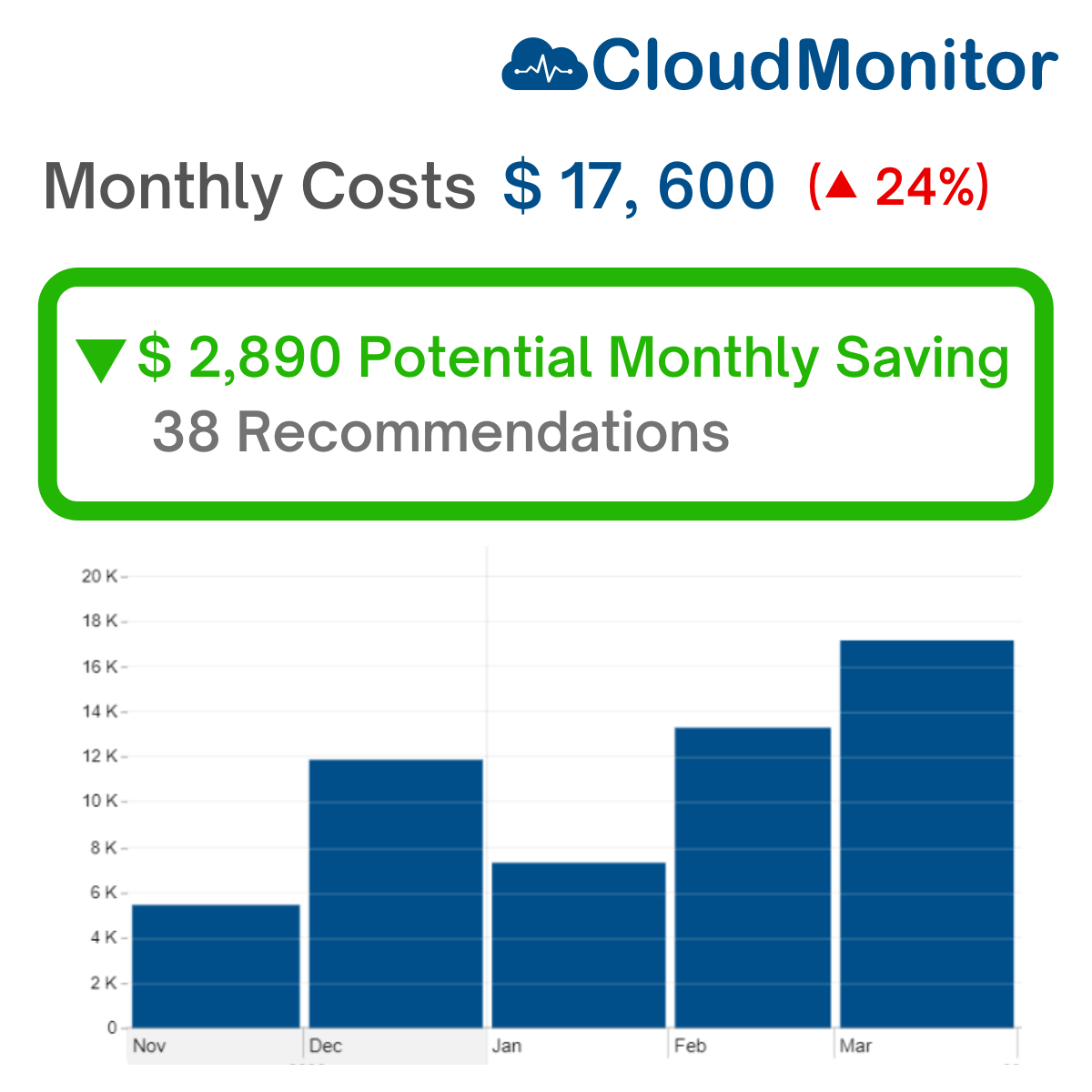Cloud Sustainability Capability
Incorporating sustainability criteria and metrics into cloud optimization, to ensure environmental efficiency is balanced with financial value, and cloud optimization decisions are aligned with your organizational goals.
Incorporating sustainability criteria and metrics into cloud optimization, to ensure environmental efficiency is balanced with financial value, and cloud optimization decisions are aligned with your organizational goals.
CloudMonitor features related to Cloud Sustainability
Cloud Sustainability Definition
Cloud Sustainability is an essential strategic approach that guides organizations in making environmentally conscious decisions related to cloud usage, in conjunction with financial considerations. This approach integrates environmental goals into the architecture, optimization, and deployment of cloud workloads, enabling a balance between ecological responsibility and cost-effectiveness. As regulatory demands for detailed reporting on carbon emissions increase globally, understanding the environmental impact of cloud services is crucial for effective cost allocation, reporting, and forecasting. FinOps teams are integral in this effort, collaborating with broader organizational sustainability programs to incorporate relevant data into cloud usage and cost analyses, thus aligning with the company’s overall sustainability goals.
Optimization in cloud sustainability can sometimes conflict with financial or operational objectives. For instance, strategies like Workload Optimization, which reduce resource usage to only what’s necessary, align well with sustainability by reducing carbon emissions. However, Rate Optimization, which involves securing discounted rates through reserved resources, could conflict with sustainability efforts if it discourages reducing resource use. Additionally, choices about data center locations, whether prioritizing proximity or energy efficiency, can also pose dilemmas, as can the varying carbon intensity of services across different regions. These complexities necessitate a nuanced approach to balancing environmental impacts with other business priorities, a challenge that FinOps teams are uniquely positioned to manage by facilitating cross-departmental collaboration.
Achieving cloud sustainability requires a comprehensive understanding of the entire lifecycle of cloud services, from construction to disposal, emphasizing the embodied carbon in each phase. Organizations must engage with cloud providers to ensure the accuracy and granularity of sustainability data, which can significantly vary. Even with imperfect data, the goal is to make informed decisions that support sustainability targets. By proactively managing cloud resources with an eye towards sustainability, organizations not only comply with evolving regulations but also demonstrate environmental stewardship, enhancing their corporate responsibility profiles.

